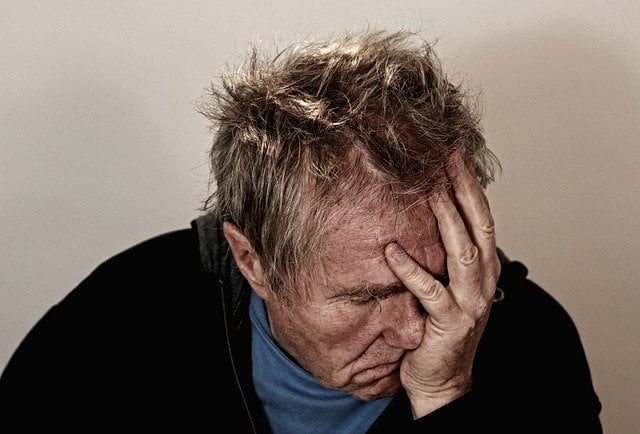- Home
- articles
- Smoking Heroin: Side Effects, Drug Withdrawal Symptoms, Overdose & Heroin Treatment Options
Smoking Heroin: Side Effects, Drug Withdrawal Symptoms, Overdose & Heroin Treatment Options
Heroin is an illegal Class A drug. Classified as an opioid, it is made from morphine, a natural substance found in poppy seeds.
It comes either in the form of a white or brown powder, or as a dark substance often referred to as ‘black tar.’
As an opioid, heroin is a highly addictive and dangerous substance. Along with morphine, it is the most frequently mentioned opioid in relation to drug poisoning deaths, with 1213 deaths in 2021 alone. [1]
Sadly, this figure has increased by a huge 388% in the past decade. [2]
Find out everything you need to know about smoking heroin by calling our team on 0800 088 66 86
How Do People Take Heroin?
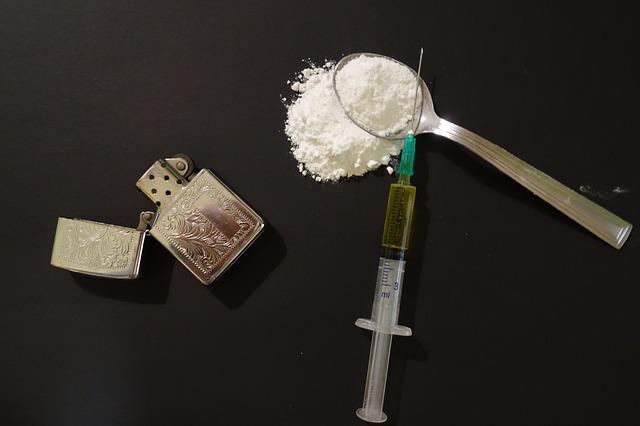
Heroin can be taken in 3 different ways: by snorting, injecting or smoking.
Smoking is the most commonly used method after injecting with a syringe, and is practiced by placing heroin powder on top of aluminium foil. [3] The foil is lit from underneath, and the smoke is then inhaled.
It may also be smoked through a glass pipe.
Most users start taking heroin by smoking and are often mistaken in thinking that this method won’t lead to addiction, because the effects can be less intense.
Injecting heroin also comes with more of a stigma that some people wish to avoid. However, smoking heroin can be just as addictive and dangerous.
For example, sharing needles can increase your risk of developing diseases like HIV and hepatitis C.
Over time, many begin injecting as a quicker and more efficient means of experiencing the “high”.
No method of taking heroin is safe – get the help you need to overcome addiction by calling us today on 0800 088 66 86
Signs of Heroin Addiction
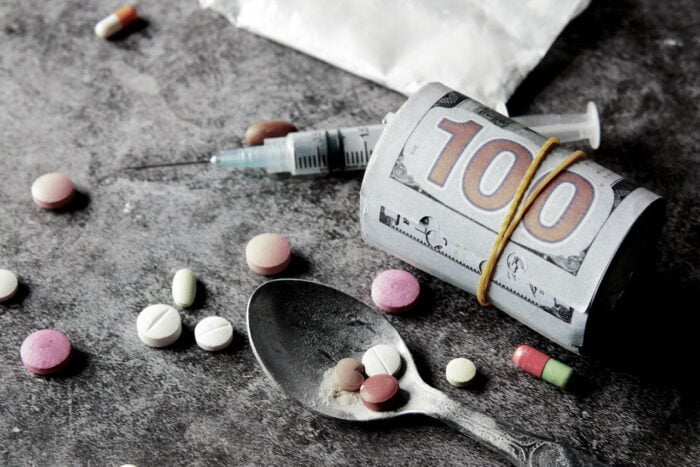
If you are worried that a loved one may be smoking heroin, and is struggling with addiction, here are some of the signs to look out for:
- Sudden or extreme weight loss
- Burn marks or scabs on the skin
- Hoarse voice or chronic cough
- Fatigue
- Small or large pupils
- Bloodshot eyes, dark circles, or puffiness
- Runny or bleeding nose
- Neglecting personal hygiene
- Frequently borrowing money
- Withdrawing from friends and family
You may also notice paraphernalia lying around that has been used to smoke heroin, such as pipes, filters, foils, spoons, lighters and bags small enough to hold powder.
While these are some of the most common signs, not everyone will exhibit the same behaviours. If you do have any concerns at all, then you may benefit from speaking to a doctor or reaching out to health professionals at a drug rehab centre for further advice.
Short-Term Effects of Smoking Heroin
Although heroin doesn’t take effect as quickly when smoking as it does while injecting, users typically begin to feel a sense of euphoria after 10 to 15 minutes.
This is sometimes described as a “rush”, and may immediately cause a dry mouth, severe itching, skin flushing, nausea and vomiting.
Despite the initial rush, the effects of smoking heroin are usually felt for hours afterwards. For example, you may feel extremely tired, drowsy, and unable to concentrate.
Heart function and breathing also slow down, which is known as hypoventilation. Whilst this can cause users to feel relaxed, it may also cause cerebral hypoxia, where the brain’s oxygen supply becomes disrupted.
This could lead to serious and permanent effects such as coma or brain damage.

Long-Term Dangers of Smoking Heroin
As a physically and psychologically addictive drug, repeatedly smoking heroin can have several long-term effects on the body and mind.
The chemical vapours that form when heating heroin on aluminium foil alter the physical structure of the brain and its systems, which can impact everything from your stress response to your decision-making abilities.
Those who regularly use heroin begin to build a tolerance, meaning they require higher and more frequent doses to experience the same effects.
Over time, this leads to the development of a substance use disorder (SUD), which requires professional rehab treatment.
Some of the other long-term effects of smoking heroin include:
- Chronic constipation
- Insomnia
- Sexual dysfunction
- Chronic obstructive pulmonary disease (COPD)
- Irregular menstrual cycles and infertility
- Increased risk of lung complications, including pneumonia
- Bacterial infections such as anthrax and tuberculosis
- Kidney, liver, or heart damage
If you’ve started to spot the signs of heroin addiction in yourself or a loved one, get the right help by calling us today on 0800 088 66 86
What To Do if Someone is Overdosing on Heroin

No matter how heroin is consumed, anyone who uses the drug is at risk of overdose.
This usually happens after smoking large amounts of heroin, when the body shuts itself down due to toxic substances in its system.
Although a drug overdose can manifest in several ways, the most common signs that help is required are:
- Loss of consciousness
- Limpness
- Loss of coordination
- Seizures
- Shortness of breath
- Dizziness
- Hallucinations
- Extreme fatigue
- Cyanosis (Blue lips and/or nails)
- Clammy skin
- Sudden drop in blood pressure
- Slow heart rate
- Paleness
- Sickness and/or diarrhoea
- Feeling confused, paranoid, or agitated
If you are worried that your loved one may be overdosing on heroin, try to remain calm. Check their breathing and help them into the recovery position if they are unresponsive.
Call 999 straight away, as your loved one may require a dose of naloxone, an opioid antagonist that binds to receptors and reverses the effects of an overdose.
Don’t let heroin addiction ruin your life – get the help you need today by calling our expert admissions team on 0800 088 66 86
Getting Help for Heroin Addiction
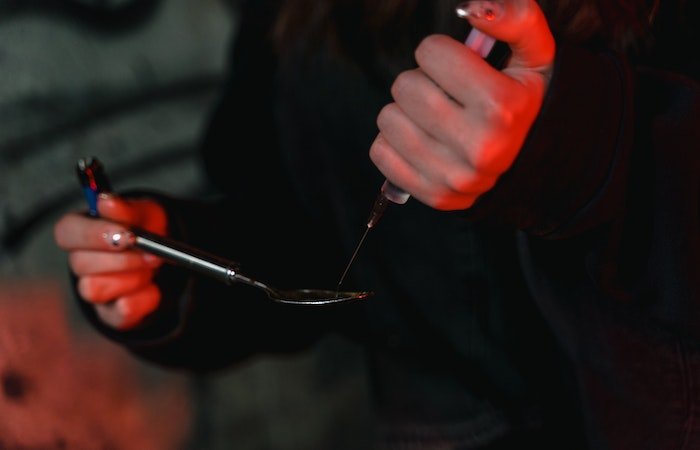
Smoking heroin immediately triggers opioid receptors in the brain, which creates a sense of euphoria commonly referred to as “getting high.” Unfortunately, this makes it incredibly easy to become addicted, even after taking the drug only once.
However, studies show that changes to the brain [4] caused by taking heroin can be reversed after abstaining from the drug, which is why getting help as soon as possible is important.
To aid your recovery, you or your loved one will need to attend an inpatient rehab centre, which offers a variety of different therapy and medication-assisted treatment options to suit the unique needs of you or your loved one.
1. Detox
As heroin is a physically addictive drug, you or your loved one will first undergo a heroin detox after arriving at a rehab clinic. This is a medically supervised treatment that aims to break your physical dependence on the drug.
While outpatient treatment may be an option, it’s recommended that you go through the heroin detox process in an inpatient rehab clinic. Withdrawing from the substance can cause uncomfortable and dangerous side effects, including nausea, hot flashes, muscle aches, and agitation.
You may be given a replacement opioid drug such as methadone or buprenorphine, which reduces cravings and makes these symptoms easier to deal with.
Without support from specially trained medical professionals, you are more likely to relapse and begin smoking heroin again.
The facility’s team will be on hand at all times to treat these symptoms, adjust medication levels and prevent any serious health complications.
2. Heroin Rehabilitation
Once detox is complete after 7 to 10 days, you will then be in a better position to address the root psychological causes of your opioid use disorder.
During the rehabilitation stage, you may experience a variety of therapy types, from group sessions to one-to-one counselling with your private therapist.
All therapies aim to help you overcome destructive behaviours, create new thought patterns and find other ways to cope with difficult or stressful situations that don’t involve smoking heroin.
Two of the most common therapy techniques for heroin addiction include Cognitive Behavioural Therapy (CBT) and Dialectical Behavioural Therapy (DBT), which help individuals change their behaviours through new ways of thinking.
Some other therapies that you or your loved one may take part in include:
- Motivational interviewing
- 12-step facilitation
- Holistic therapies
- Co-dependency treatment
- Family therapy
Find your way to full recovery from heroin addiction at a drug and alcohol rehab. Start the process by calling us on 0800 088 66 86
Heroin Addiction and Co-occurring Disorders
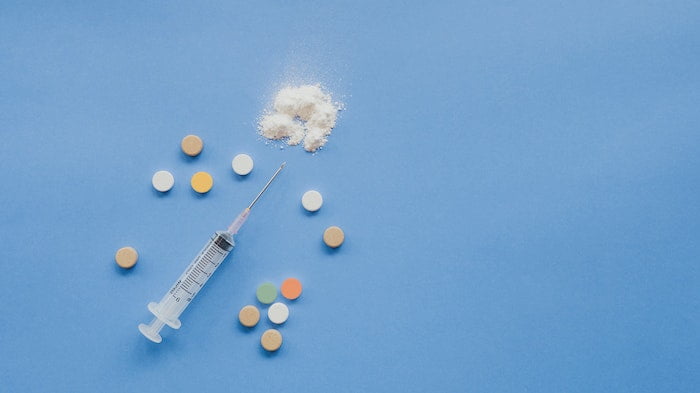
Individuals who smoke heroin often suffer from one or more co-existing conditions. This is often because mental illnesses such as major depressive disorder and anxiety develop as a result of frequent and long-term drug use.
On the other hand, those struggling with their mental health may turn to heroin in an attempt to cope with the symptoms of their condition.
In fact, from 2020 to 2021, statistics show that 57% of people [5] seeking treatment for opioid addiction also needed mental health treatment.
This is known as dual diagnosis, and rehab clinics can provide addiction treatment for those suffering from both the effects of opioids and mental health disorders, including:
- Depression
- Generalized Anxiety Disorder (GAD)
- Bipolar disorder
- Borderline Personality Disorder (BPD)
- Schizophrenia
- Obsessive-Compulsive Disorder (OCD)
- Post-Traumatic Stress Disorder (PTSD)
- Eating disorders
Whatever the nature of your addiction and regardless of any co-occurring disorders, get expert help by giving us a call on 0800 088 66 86
FAQs

Below, we’ve provided answers to frequently asked questions about smoking heroin:
1. Is Smoking Safer Than Injecting Heroin?
Smoking heroin is just as dangerous as any method. Although it eliminates the risk of contracting diseases such as hepatitis, HIV, and thrombosis (vein collapse), smoking comes with its own set of risks, including breathing difficulties and severe bacterial infections.
2. How Long Does Heroin Stay in Your System?
Heroin may remain detectable in the blood for up to 2 days, depending on the test taken. However, the time it takes to leave your body depends on factors such as your weight, how long you’ve been taking the drug, and the amount taken.
3. What Could Heroin Be Cut With?
Other substances are often added to heroin to bulk it out, including rat poison, laundry detergent, baking soda, crushed painkillers, prescription opioids, and talcum powder.
Stimulants like caffeine are particularly dangerous, as they can mask the signs of an opioid overdose.
Heroin may also be cut with other drugs such as fentanyl, a dangerous and highly addictive synthetic opioid.
4. What Happens if I Smoke Heroin While on Methadone?
Methadone is a type of drug often used to ease the opioid withdrawal symptoms and cravings that arise when you or your loved one stop taking heroin.
Combining the two substances is incredibly dangerous, as it significantly increases your risk of heroin overdose.
5. Can You Overdose from Smoking Heroin?
Like any method of taking heroin, you can overdose when smoking doses that are large enough to intoxicate the body. The high experienced while smoking heroin doesn’t hit as quickly as when snorting or injecting, which may cause more frequent use in shorter time periods.
This therefore increases the risk of overdose.
If you have any further questions about the nature, danger or solution to heroin addiction, ask our experts by calling them on 0800 088 66 86
References
[2] https://www.ncbi.nlm.nih.gov/pmc/articles/PMC10278447/
[3] https://pubmed.ncbi.nlm.nih.gov/31166873/
[4] https://www.sciencedirect.com/science/article/abs/pii/S0376871612001937


